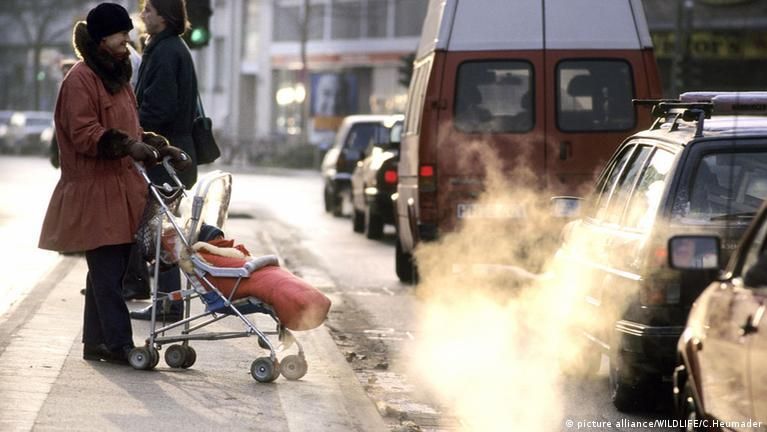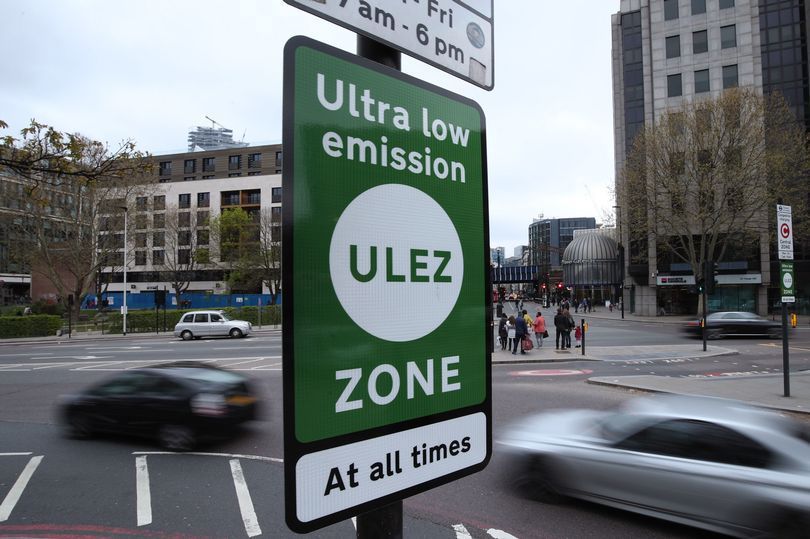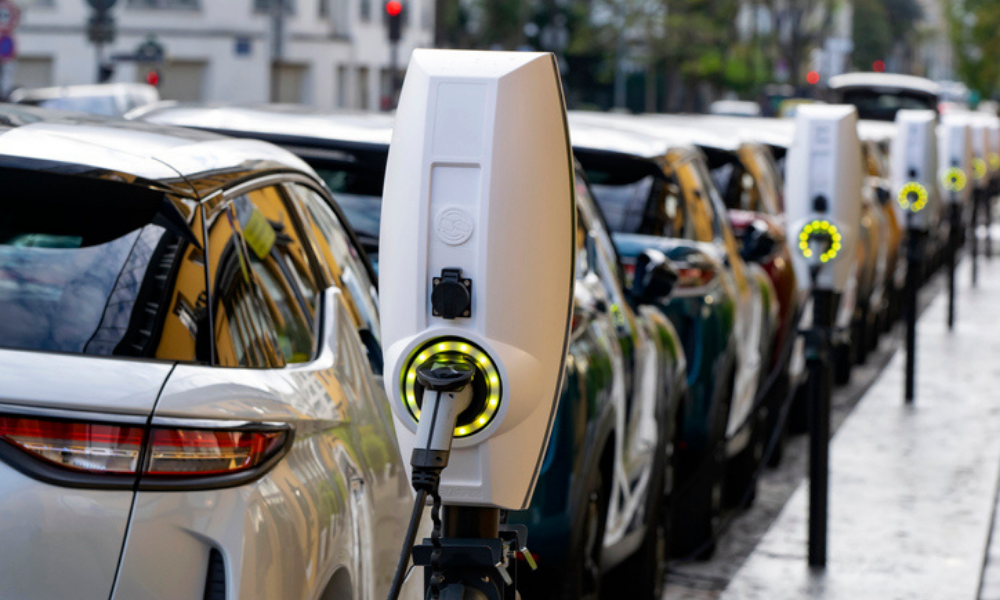
Cities are currently responsible for 70% of global greenhouse gas emissions and one third of these emissions in major cities is generated by transport. Coherent and targeted policy action is needed to reduce these emissions and achieve the targets set out in the Paris Climate Agreement and the UN Sustainable Development Goals.
n
Adapting to Climate Change
Climate change is expected to increase the frequency and intensity of extreme weather events (such as droughts, heatwaves, flooding and storm surges) that disrupt urban mobility systems everywhere but especially in low lying coastal cities. The ability to anticipate such hazards requires new ways of thinking to develop climate-resilient urban mobility infrastructure and services that can help mitigate the impacts of climate change.
n
Air Pollution Reduction
Air pollution in urban areas is a public health concern and managing air quality is a common challenge for many cities that are experiencing high levels of air pollution. According to recent research in Europe, congestion charging, and Low-Emission Zones (LEZ) have the greatest potential to reduce transport emissions in cities. Congestion charging can achieve reductions of NOx and PM up to 12% and 17% respectively. LEZs can achieve reductions of NOx and PM up to 23% and 36%. Parking policies can also be fairly effective with NOx and PM emission reductions in the range of 5 to 10%. Cycling/ walking policies are somewhat less effective with NOx and PM emission reductions in the range of 0 to 5%. Combining these measures can increase total emission reductions. Urban mobility policies such as reducing commuting and car ownership have significant positive impacts on air quality. Reducing the distance travelled per capita leads to an immediate reduction in emissions and can therefore be very effective to improve air-quality. Encouraging walking, cycling and public transport can also contribute to emission reductions.
Urban Vehicle Access Regulations (UVARs) and Congestion Charging
Urban Vehicle Access Regulations (UVARs) regulate under what conditions certain vehicles are allowed to access certain parts of a city. UVARs help cities optimise urban space and use of the transport network. They can help reduce emissions and noise, improve accessibility, encourage more sustainable transport choices, making cities healthier more liveable and deliver a better quality of life for all members of society. There are a variety of types of UVAR with the most common being: Low Emissions Zones (LEZ), Ultra Low Emission Zones (ULEZ), Zero Emission Zones (ZEZ) and Limited Traffic Zones (LTZ). Spatial Interventions are also defined as UVARs where changes in the road layout prevent vehicles accessing parts of the road network (for example, one-way roads can be combined to stop through traffic in an area). Financial incentives can also be used to reduce emissions, for example from January 2023, people and companies living or working in or next to low emission mobility zones (ZFE-m) in France can apply for a zero-interest loan to buy a low-emission vehicle. Road pricing measures such as congestion charging are used in London, Singapore and Stockholm to reduce congestion and emissions.
Zero Emission Vehicles
A zero-emission vehicle, or ZEV, is a vehicle that does not emit exhaust gas or other pollutants from the onboard source of power. ZEVs are propelled by one or more electric motors powered by rechargeable battery packs. Zero-emission vehicles (ZEVs) can reduce greenhouse gas emissions as much as 80% over the vehicle’s life cycle. Typical examples of zero-emission vehicles are electric (battery-powered) cars, electric trains, hydrogen-fueled vehicles, and human / animal powered transportation vehicles. Because electricity production may involve some emissions, there is also a concept of well-to-wheel emissions, which includes not only operating emissions, but also those associated with the fuel source and other stages of the vehicle operating cycle. The hydrogen-fueled vehicles are typically based on fuel cell technology, which imply electrochemical conversion of the fuel energy into electricity (as opposed to combustion). As a result, the only emissions of fuel cell operation are water and heat, which are not classified as harmful and therefore allow placing the fuel cell transport vehicles ZEVs.





